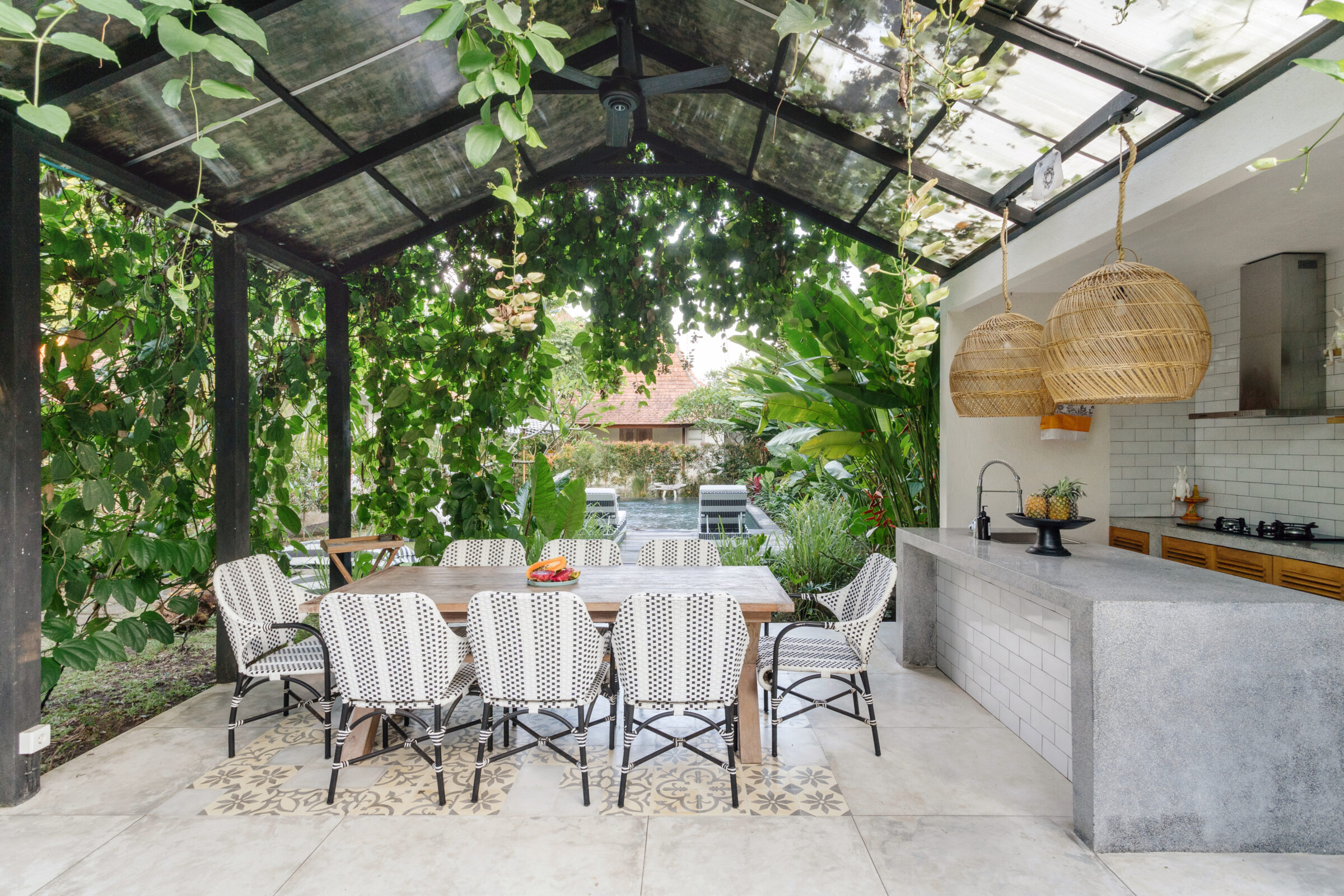The Role of Decorative Gravel in Modern Outdoor Kitchen Designs
October 1, 2025

Outdoor kitchens have become a centerpiece of residential design, seamlessly combining function and style to create spaces for cooking, dining, and gathering. The success of these spaces extends beyond appliances and counters, reaching into the very materials that define their foundation and finish. Decorative gravel stands out as a key element in this process, bringing strength, versatility, and lasting appeal. More than a detail, it plays an essential role in shaping both the performance and character of an outdoor kitchen.
Establishing a Stable Foundation
The first step in any outdoor kitchen is building on solid ground. A compacted layer of gravel provides the stability needed to support pavers, flagstone, or concrete slabs while still allowing for natural drainage. Its open-graded structure prevents water from collecting beneath the surface and extends the life of the surrounding hardscape. Contractors often rely on larger crushed stone beneath finer gravel to create layered strength, with each lift compacted for maximum performance.
Choosing the Right Gravel Size
Once the base is in place, the size and type of gravel become important considerations. Larger crushed stone, such as ¾-inch, is well-suited for base layers that need compaction and structural support. Pea gravel, typically around ⅜ inch, works well in walkways and seating areas, offering comfort underfoot while maintaining durability. For accents, smooth river rock or decorative aggregates in contrasting colors highlight borders and transitions. Matching size to function ensures the kitchen remains both practical and visually refined.
Defining Boundaries and Layouts
Beyond stability, gravel contributes to the organization of an outdoor kitchen. It can be used to establish visual divisions between cooking stations, dining areas, and gathering spaces. Borders of gravel around a cooking zone not only highlight the feature but also protect against grease or food spills staining adjacent surfaces. When paired with concrete pads or stone pavers, gravel provides a seamless transition that keeps the design cohesive while guiding natural movement through the space.
Enhancing Design with Color and Texture
The versatility of gravel extends into its aesthetic appeal as well. A wide range of decorative options makes it possible to match any outdoor kitchen style. Dark aggregates create contrast against stainless steel and polished concrete, while lighter tones brighten shaded areas under pergolas or trees. Mixed aggregates add depth and texture, complementing wood accents or natural stone. For a clean, modern appearance, uniform pea gravel delivers a sleek backdrop. By carefully selecting color and texture, gravel acts as ground cover while simultaneously becoming part of the overall design statement.
Supporting Drainage and Climate Adaptability
Style is only one dimension of what gravel contributes. Its permeability also makes it a dependable choice for kitchens exposed to the elements. Instead of water pooling on the surface, gravel allows it to filter downward and disperse naturally. This reduces the chance of frost heave in colder regions and keeps walkways dry in wet climates. In many designs, gravel doubles as both a drainage solution and a decorative surface, merging performance with beauty.
Maintaining Long-Term Performance
Durability is another reason gravel has become a preferred choice. Occasional raking redistributes displaced stones and keeps surfaces level. Adding fresh gravel over time restores color vibrancy and fills any low spots. Weed growth can be minimized by using a geotextile fabric beneath the gravel, which blocks soil migration while still allowing water to drain. These straightforward steps preserve both the visual appeal and functional value of the material.
Taken together, these qualities make gravel a material that balances strength, beauty, and practicality. It anchors structures with stability, outlines spaces with definition, and elevates style with texture and color. At the same time, it simplifies upkeep and strengthens long-term performance. For homeowners and contractors alike, gravel represents a resource that is easy to incorporate yet capable of delivering a high-end result. In modern outdoor kitchens, it often becomes the quiet element that brings every part of the space together.

